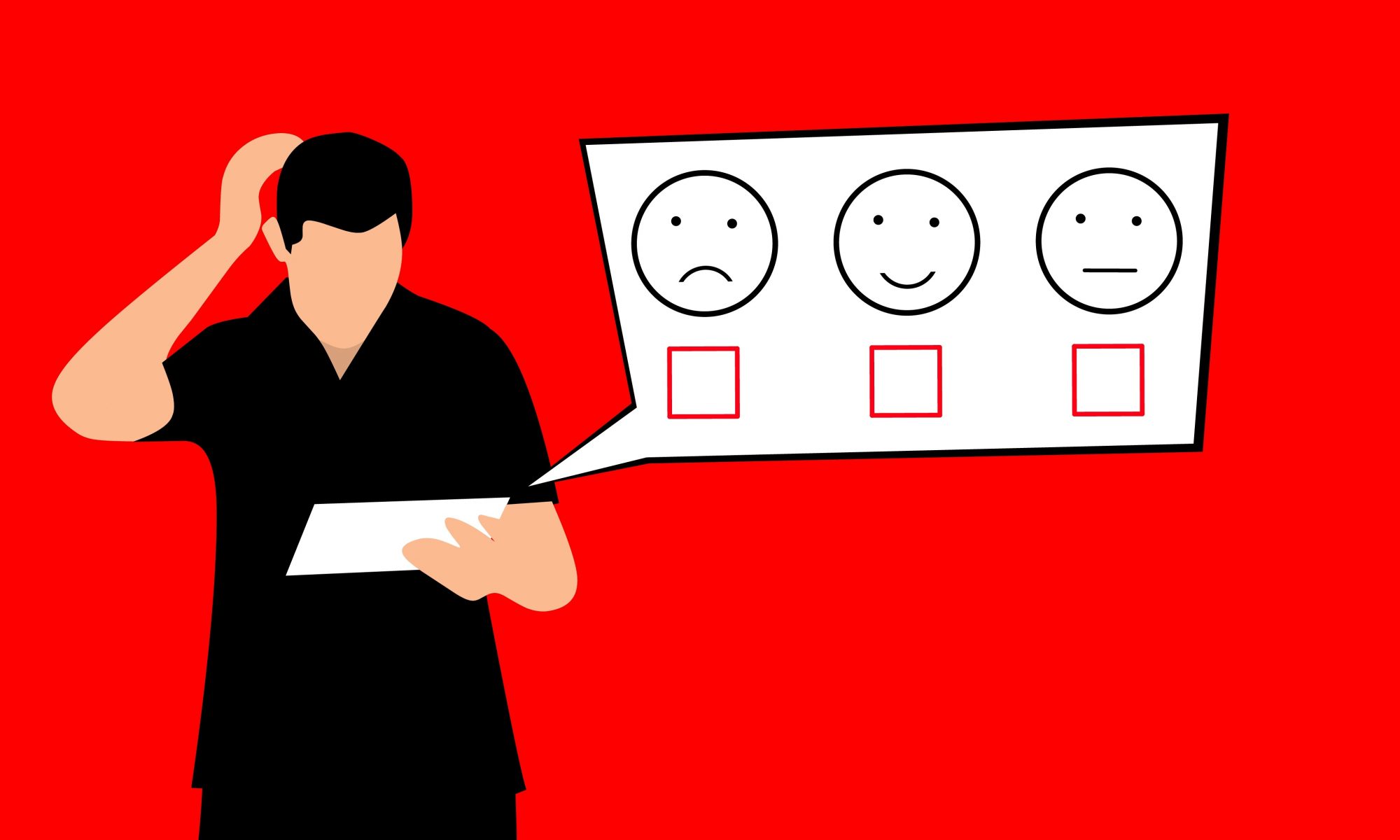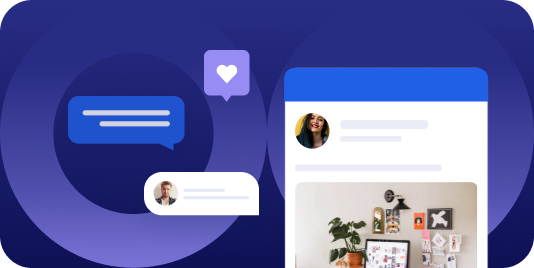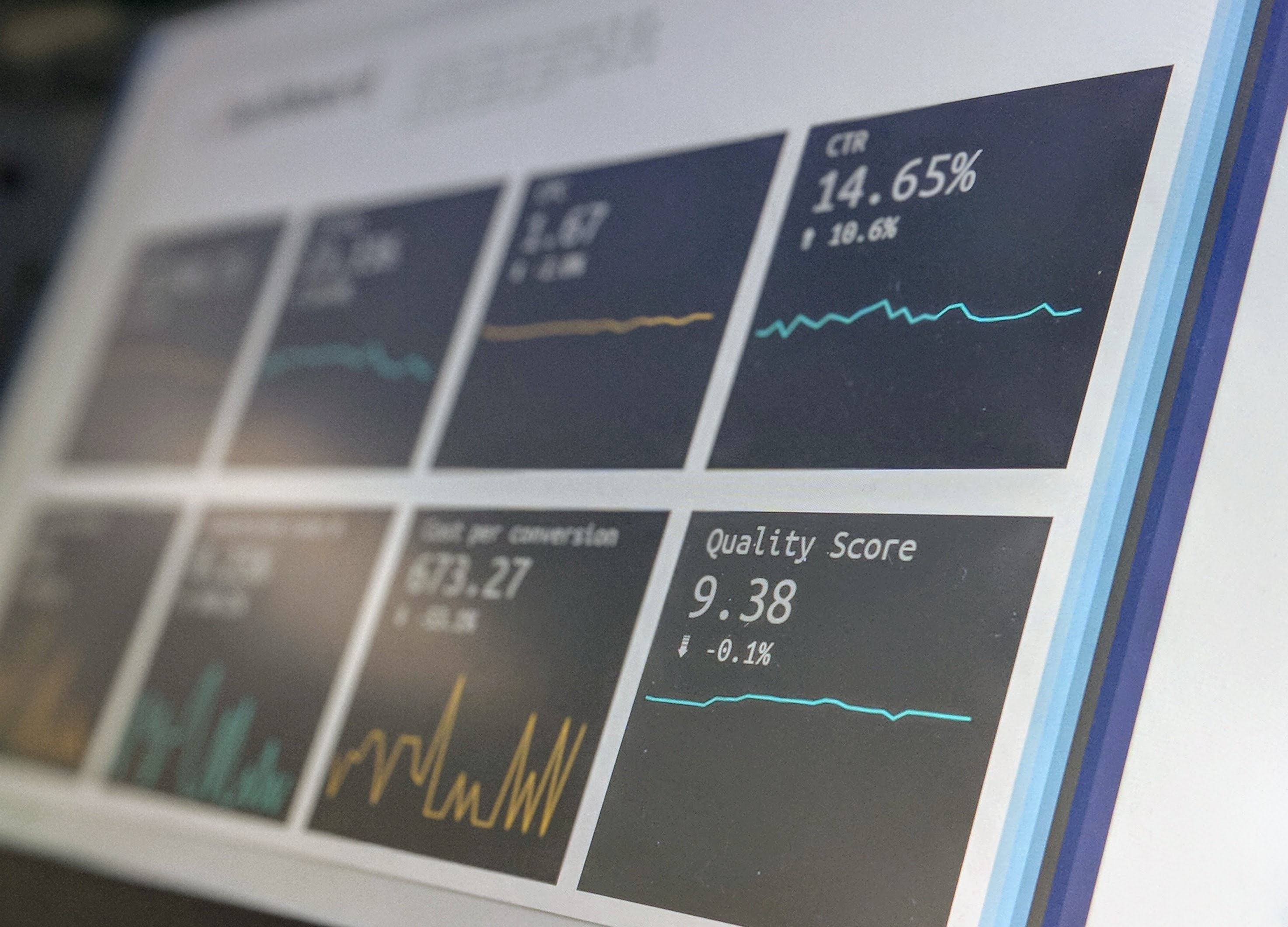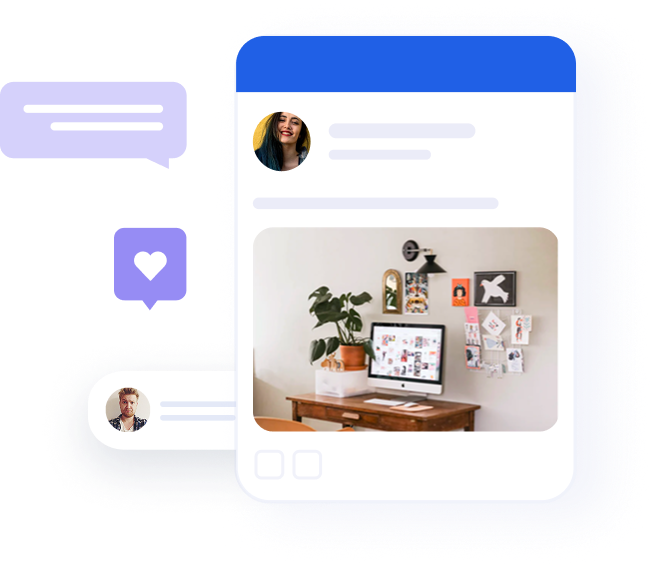
Measuring customer experience for B2B marketers
Table of contents
Peter Drucker once said, “Quality in a service or product is not what you put into it. It is what the customer gets out of it.” According to research in 2020, customer experience has now overtaken product and price as the key differentiator between brands. B2B organizations often are remiss in remembering B2B buyers are just B2C consumers wearing a different hat.
For B2B, this means buyers expect a personalized, well-developed, enticing customer experience (CX) from first learning of your brand until closing a sale. It also makes it necessary to employ traditionally B2C-oriented marketing techniques to attract new B2B leads and retain your current customers.
CX has become an intrinsic part of the B2B marketing funnel. But it would help if you had some way of understanding and measuring how successful these methods are. What are the most valuable metrics and KPIs to track, and how do you know if the CX you’re offering is successful?
We’ll answer all these questions – but first, let’s get a better understanding of what “customer experience” is and how it translates to B2B marketing.
What is Customer Experience (CX)?
Customer Experience is the perception or impression an organization gives through its customer interactions during the buyer journey. CX is how your leads and customers see your brand throughout your funnel. It directly impacts your KPI performance and overall revenue. What makes your CX stand out? The people – and the product.
The same rings true in B2B marketing. Are you enticing customers with creative, content-filled posts and offering explainer videos? Are your support and sales staff responsive? Can they answer your leads’ questions and guide them to the information they seek? Surprisingly, for many companies, the answer is often no.
While B2C companies’ average CX scores range from 65% to 85%, their B2B counterparts usually manage less than 50%. That stark contrast is becoming increasingly evident as expectations from B2B buyers rise. It begs the question, what does “good” B2B CX look like?
“Good” CX for B2B – and why it’s important
Your B2B buyers are, in essence, B2C consumers the second they leave work. Like most consumers, their demands are only increasing. They are already used to slick, streamlined interfaces and experiences in their buying process, so they want the same in their B2B interactions.
A successful B2B customer experience needs to be memorable, engaging, personalized, creative-media-inclusive, and customer-focused. But that’s not so simple. 90% of marketers still find difficulty with streamlining more than three channels at a time. Meanwhile, B2B buyers who are offered consistent CX during their journey are four times as likely to be interested in your brand.

Source: B2BInternational
Covid-19 has further pushed CX to the forefront of customers’ minds. 45.9% of B2B professionals said customer experience is now their top priority for the upcoming five years. It’s a good thing, too, because companies investing in customer experience with a $1 billion annual revenue can expect a $700 million ROI over three years.
For SaaS businesses, the expected return is closer to $1 billion. This is due to 86% of B2B buyers being willing to pay more for an outstanding customer experience. Several distinctions need to be recognized as the lines blur between the customer experience for B2C and B2B interactions.
Recommended for further reading
How is B2B CX different from B2C CX?
B2C and B2B CX both require beguiling customers into closing sales. B2C is a fluid, fast-paced transaction, with a relatively short sales cycle that relies primarily on retailers and mass-marketing campaigns to achieve commercial success. The relationship for B2C consumers is often short-lived, though brand loyalty does exist (for example, Apple).

Source: Salesmanago
B2B is a more arduous journey, with a much more honed-in target audience and significantly longer-term buyer funnel. It also requires a more personalized sales and support process. The relationships established with clients are decidedly long-term. The B2B CX must emphasize how your solutions can solve buyers’ problems and demonstrate that utility throughout the pre-sale buyer journey.
How do you measure B2B CX?
Measuring the B2B customer experience involves different KPIs than B2C eCommerce sites. Those sites prioritize metrics like add-to-cart, funnel fallout, product comparisons, abandoned cart, and customer reviews, among others. Some metrics carry over, like bounce rate, total page visits, and time spent on-site.
B2B buyers seek out solutions that are adaptable to their specific needs and use. They are looking for three primary KPIs from these products and services – increasing sales-process efficiency, cost-saving, and overall client fulfillment.
An effective way to hit the preceding touchpoints for a B2B buyer is through compelling case studies that include customer testimonials from B2B professionals in different career verticals. It’s worthwhile to pick and choose the most relevant stakeholder within your client’s organization and solicit their feedback. These individuals will offer the best potential results from publishing their reviews of your products.
B2B CX measurement methods
Measuring your B2B customer experience success can be broken down into three major categories: Customer Feedback, Marketing KPIs, and Customer Metrics Analysis.
1. Customer Feedback
Surveys
Surveys are a classic method to gather customer feedback, but they need to be used properly. Every individual customer’s feedback needs to be addressed and resolved methodically. Surveys need to be targeted to both the specific customers participating and in the scope of questions asked.
Analyze Customer Comments
Customer comments are another way to gauge overall brand awareness and reputation. To evaluate comments efficiently, identify specific keywords to look out for. These clues can narrow your results, help discern sentiment, and track changes over time. Using a social management tool can also speed up the process.
Check-In Calls
Face-to-face meetings are out, so the next best thing is to have periodic check-in calls with customers and leads. Phone calls offer a more personal, albeit more time-consuming, data gathering process to find areas of improvement. Simple conversations can help you understand how customers’ needs are evolving; or what’s stopping your leads from closing the deal.
2. Marketing KPIs
SEO
Search Engine Optimization metrics help to link quality and quantity of traffic on your brand’s website. A properly SEO-optimized brand site is one that has an innate understanding of its target audience and personas. Target keywords, domain authority, and SERPs all reflect a successful SEO strategy.
Paid Advertising
Paid advertising is a superb way to draw new website traffic, remind old visitors of your brand, and advertise new products and services, to name a few. Tracking leads stemming from ads and their cost-per-acquisition (CPA) is instrumental in determining an ad campaign’s ROI.
Social Media
Social media is creating a massive shift in the overall B2B customer experience. You can use a social media management tool to manage your accounts in real-time. It also tracks metrics such as likes, comments, mentions, and shares across your social platforms. Track your social media CX through the number of visitors to your brand’s website originating from clicked links in your social media posts.
Website Engagement
Website engagement is a broad term for the total traffic your site experiences from the various channels you employ. From this, you can understand which channels bring the most traffic, which has the highest conversion rate, and how many visitors open multiple pages. These metrics identify how visitors find your site and how they engage with your site experience.
Lead Generation Metrics
Lead generation metrics are pivotal to understanding the effect of digital marketing on the customer experience. Tracking conversion rate is standard, but you also need to look at the cost per lead for your advertising. To accurately track where the highest-quality leads originate, employ multi-touch attribution.
3. Customer Metrics Analysis
Specific CX measurement metrics have been developed to give businesses a more detailed picture of their customers’ thinking. Many involve surveys that are tallied and scored. Here are the main ones to look at when measuring your B2B CX.
Customer Satisfaction (CSAT)
CSAT is a measurement of your customers’ mean satisfaction score from their interaction with your organization. It is used primarily for specific customer interactions like returns and contact center conversations.
Net Promoter Score (NPS)
NPS is a measurement of how the market assesses your organization’s value to customers via the likelihood they are willing to recommend your product or brand to others on a scale of 0-10. One way to stand out is to offer an open-ended section in NPS surveys for customers to explain their choices.
Net Value Score (NVS)
Net Value Score is a rating of the total value your business offers customers compared to the relative value provided by competitors’ similar products and services. A good NVS is critical for lead generation and customer retention, and rates on a 1-5 scale from “Significantly Worse” to “Significantly Better.”
Overall Satisfaction
Overall Satisfaction is a measure of how well your organization meets leads and customers’ expectations, and their satisfaction with the service provided. It is rated on scales of either 1-5, 1-7, or 1-10.
Customer Effort Score (CES)
CES is an expression of how much effort your customers need to make during their overall journey. It also helps determine friction points for your customers so that you can make adjustments to offer them a more streamlined experience. It is usually scored as a scale between “Very Low” and “Very High.”
Customer Experience Index (CX Index™)
Forrester’s CX Index offers an amalgamation of customer experience measurements and growth by combining quality and loyalty metrics, then linking them to specific revenue sources. The CX Index helps understand your customer experience’s greatest ROI by incorporating two central metrics into one dynamic score.
Conclusion
CX success for B2B companies may lag behind their B2C compatriots, but it is only becoming more critical for brand success. Grabbing the attention of leads while keeping your current customers happy and engaged is essential to establishing brand trust and building loyalty.
Surveys and phone calls are a great start, but to truly succeed with your customer experience, you need to optimize both active and passive data collection methods. A social listening tool is ideal to ensure a deep understanding of your brand’s reputation and overall sentiment on social platforms.
B2B’s unique buyer journey requires a more complex consideration of CX for individuals, groups, and whole organizations. However, this challenge shouldn’t dissuade you from optimizing your CX. By bringing the most out of your B2B customer experience, you will set yourself up for increased ROI and long-term marketing success.




